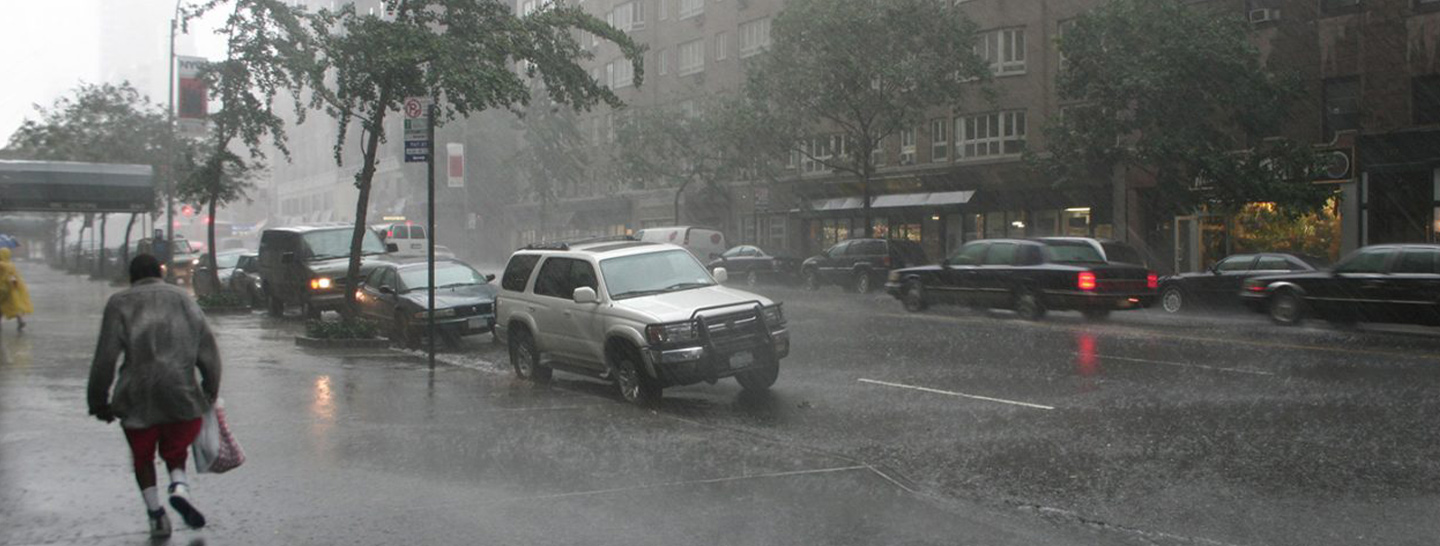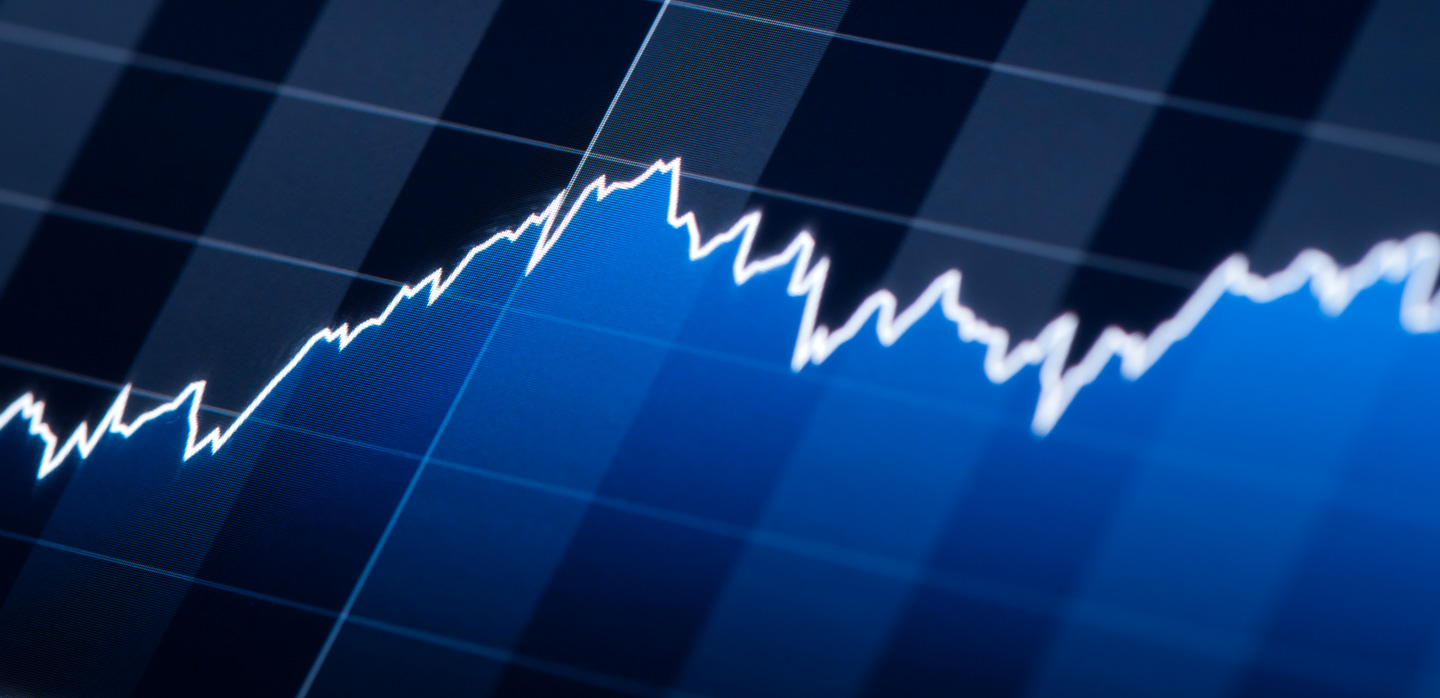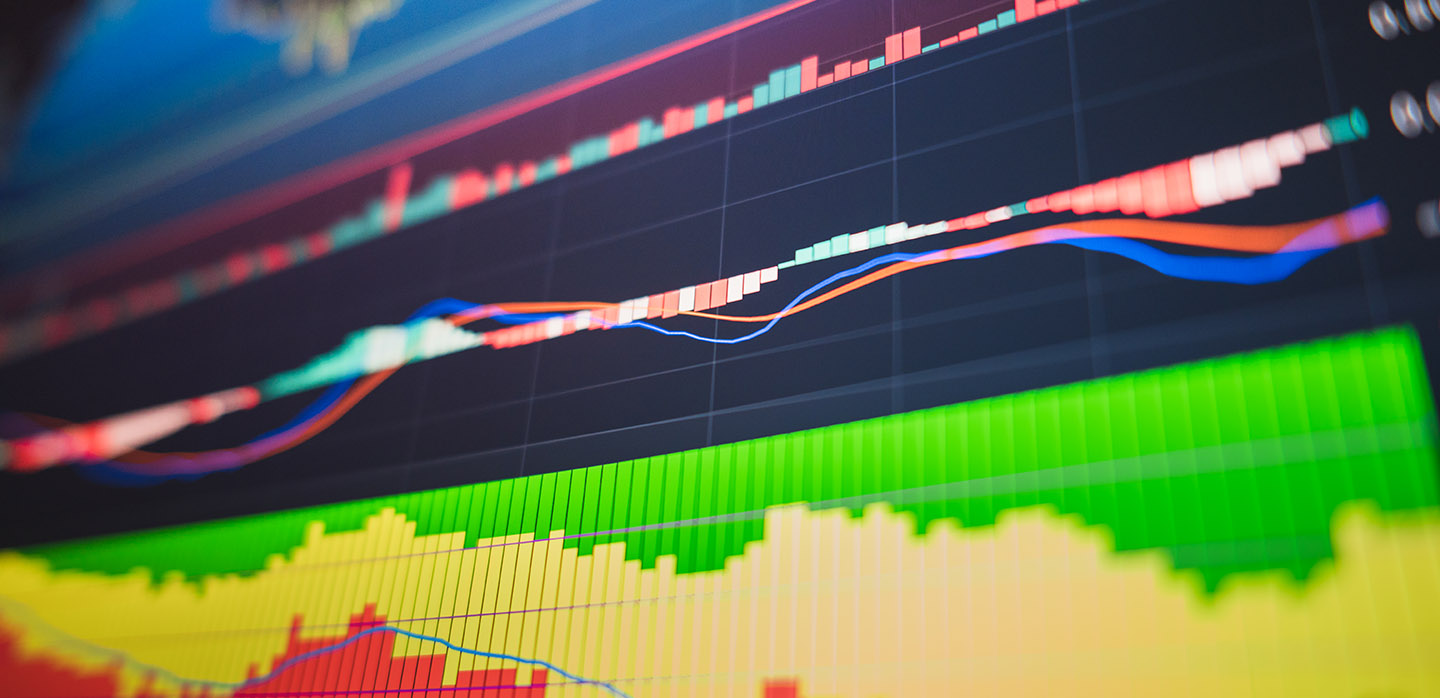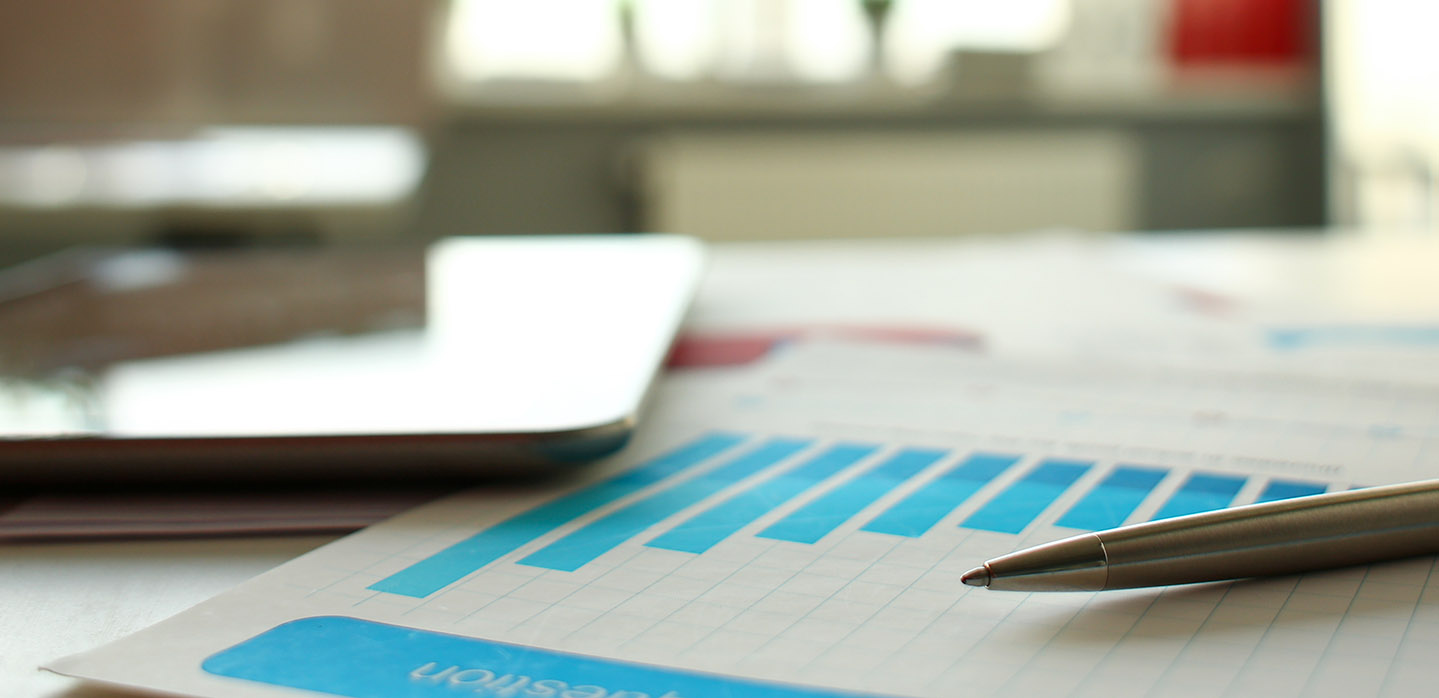Businesses and utilities alike are facing some of their most substantial resiliency challenges of the 21st century.
In uncertain times, it is imperative that organizations have sound, pre-set contingency strategies that enable them to react to change quickly and effectively. In order to mitigate disruption and economic losses caused by extreme events, businesses must start thinking strategically about the value of resiliency.
In recent years, resiliency has been imperative as climate change has made extreme weather events fiercer and more frequent, causing pressure on the outdated electrical grid that resulted in widespread power outages. This season, the unprecedented COVID-19 pandemic could exacerbate these challenges.
Predictions of an especially active hurricane season, as well as reports noting an above average chance that a single storm could knock out power to 1 million or more people along the Eastern Seaboard, is cause for concern as COVID-19 social distancing requirements impact the time it takes for utilities to address electricity issues. Similarly, while Californians are still reeling from the effects of last year’s wildfires, social distancing parameters have already poised challenges as authorities try to take preemptive measures – like trimming trees near power lines – to avoid similar destruction this year. In fact, California just experienced its driest month on record, and with fewer prescribed burns due to COVID-19, there could be elevated wildfire risk this season.
Shifts in energy usage due to COVID-19 may result in additional pressure on the grid. Although a remote workforce will ultimately save energy in buildings, daily residential energy use across the country is estimated to increase by 6%–8% and critical facilities are using high volumes of power more frequently, which could increase peak-demand periods and lead to widespread blackouts.
At Enel X, we leverage innovative, alternative energy technologies to help businesses sustain operations during these uncertain times in a sustainable and cost-efficient way.
- Combining renewables with storage. Coupling on-site renewables with battery storage systems allows facilities to generate and store low-cost, clean electricity. With ample sunlight, solar-plus-storage systems can provide several days of backup power in the event of an outage. This electricity can be used during extreme weather events to alleviate pressure from the grid and save money. At UMass Boston, the system pairs 1 MW solar array with 0.5 MW lithium-ion battery system to reduce the university’s overall grid dependency, while delivering significant cost savings. In addition to solar-plus-storage systems, microgrids deliver even greater resiliency by enabling the system to island off the grid for extended periods, sometimes indefinitely. In 2017, Costa Rica experienced a nationwide blackout that cut 1.4 million homes and businesses from the grid for several hours. With a microgrid, Establishment Labs, a global leader in the production of high tech medical and aesthetic equipment with operations in Costa Rica, was able to continue powering critical equipment in its clean room and survived the crisis without sustaining any financial setback.
- Controlling consumption. Demand-response programs provide financial incentives for businesses to lower their energy use during high-cost, peak-demand periods – thus freeing up energy to meet the increased demand. When the grid is stressed, organizations that can reduce their energy usage can earn payments, while helping to keep the lights on and energy costs low for the community. Existing demand response programs with utilities like Ameren Missouri and Salt River Project in Arizona provide significant economic benefits to commercial and industrial customers, while delivering a more flexible and resilient grid.
- Expanding Digitalization. Digitalization through Distributed Energy Resources (DER) Optimization Software allows customers and electricity system operators to control where, when, and how electricity is used. It also increases real-time situational awareness and preparedness, enabling site controllers to make control decisions throughout the day based on factors such as real-time demand, time of use, and solar production. The IoT technology to balance the grid in real time already exists, but utilities and energy users must implement it in order to revolutionize the entire energy system. This technology can be applied to both utilities and small local networks like microgrids that can sustainably manage the energy mix.
Adopting alternative energy options like these will not only help boost the reliability of our country’s energy supply, but also allow facilities to store low-cost, clean electricity and use it during peak demand periods and emergency situations in the years ahead. These offerings are scalable so companies of all sizes and across all industries – from manufacturing and technology, to financial service institutions, universities, and pharmaceutical companies – have the opportunity to improve their energy practices and pave the way for a greener tomorrow.








